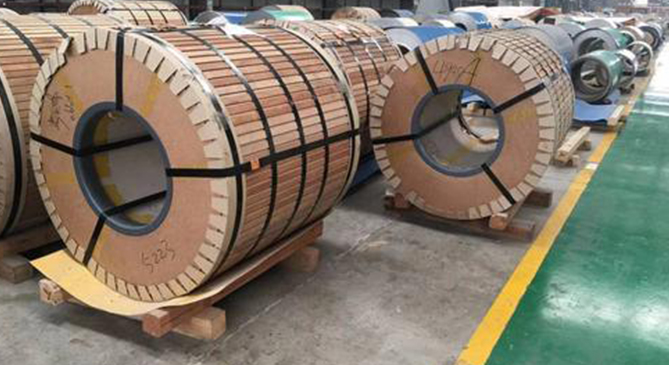When brown rust spots (spots) appear on the surface of stainless steel, people are greatly surprised: "Stainless steel will not rust, rust is not stainless steel, it may be a problem with steel quality." In fact, this is a one-sided misconception about the lack of understanding of stainless steel. Stainless steel will also rust under certain conditions.
Stainless steel has the ability to resist atmospheric oxidation, that is, stainless, but also has the ability to resist corrosion in media containing acids, alkalis, and salts, that is, corrosion resistance. However, the size of its anti-corrosion ability changes with the chemical composition of the steel itself, the mutual state, the use conditions and the type of environmental medium.
Such as 304 material, in the dry and clean atmosphere, it has absolutely excellent corrosion resistance, but when it is moved to the seaside area, it will soon rust in the sea fog containing a lot of salt. Therefore, it is not any kind of stainless steel, which is resistant to corrosion and rust at any time.
Stainless steel is based on a very thin, strong, dense and stable chromium-rich oxide film (protective film) formed on its surface to prevent oxygen atoms from continuing to infiltrate and oxidize, thereby obtaining the ability to resist corrosion. Once for some reason, this kind of film is continuously destroyed, the oxygen atoms in the air or liquid will continue to infiltrate or the iron atoms in the metal will continue to separate out, forming loose iron oxide, and the metal surface will be continuously affected. Corrosion.
AHL STEEL has been selling steel plates of various materials and cutting for many years, and has rich experience. If you need it, please contact our online customer service. We believe that with your suggestions and help, we will do better.
